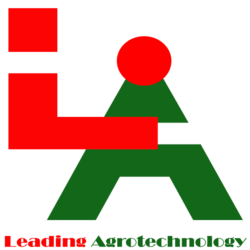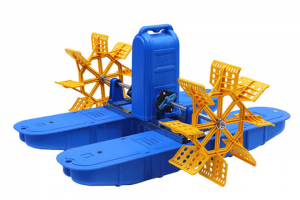Ponds are the most extensive aquaculture technology used in the Bangladesh. Active and proper pond management is essential to maintain maximum production levels and to ensure quality products. A host of management practices is necessary to address issues related to water quality, disease and pathogens, aquatic vegetation, sedimentation, and predator control. Managing dissolved oxygen (DO) levels in ponds is a major concern of pond managers because it typically involves the use of equipment that must either be built or purchased, often at considerable cost. Although natural pond dynamics attributable to biological and chemical processes produce the most Dissolved Oxygen to cultured organisms, conditions related to stocking density, season, and weather patterns can create the need for mechanical aeration (the process of adding oxygen to water to enhance productivity and survival of the aquaculture organism).
Aeration improves other aspects of aquaculture pond environmental quality. Oxygenated water is distributed more evenly across a pond, so cultured species have more suitable habitat which decreases density factors and may improve growth. Aerators help to mix pond water which can reduce thermal stratification and improve other water chemistry factors, most notably, DO content. Finally, mixing by aeration can minimize organic matter accumulation that may increase BOD, reduce the density of algal blooms that can lead to oxygen depletion and fish health issues, and shift the composition of algae blooms that may lead to flavor issues in finfish.
For pond aeration purpose, paddle wheel aerator is the best solution.



I want to know about your aerator details.
what do you know about aerator?